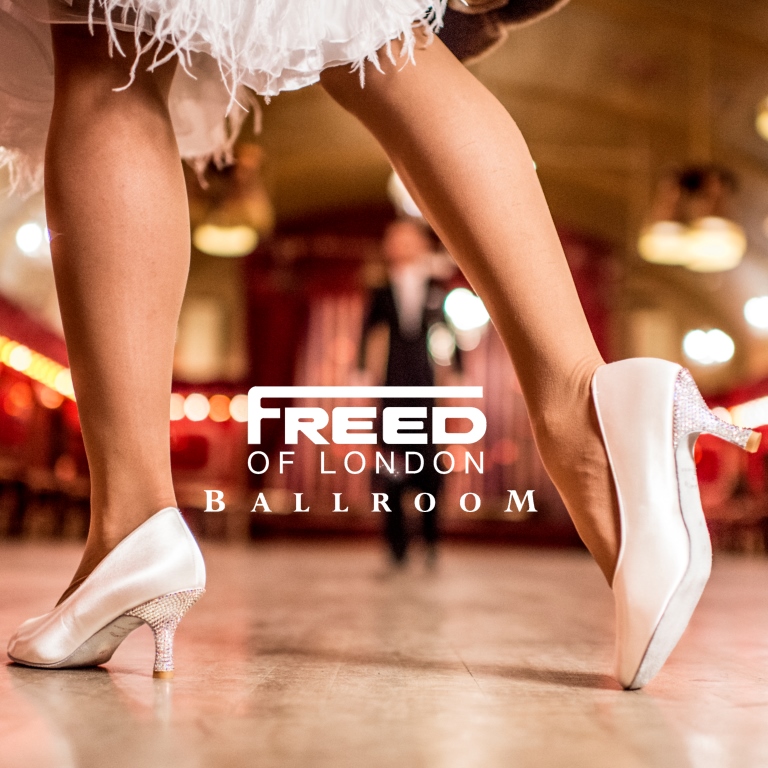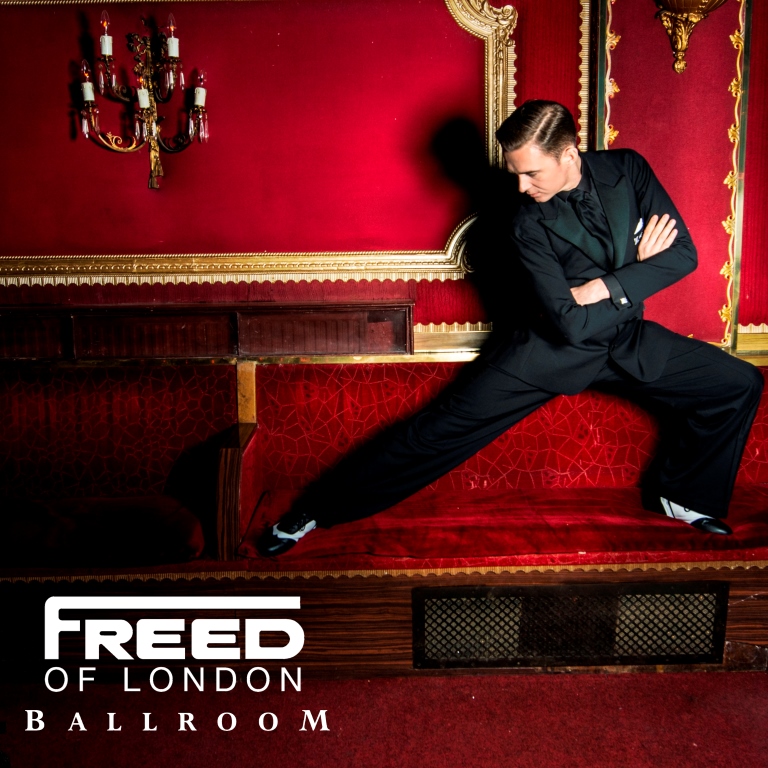Ballroom Origins – The Waltz

Freed of London Archive Project
October 18, 2019
How to Care for Your Latin and Ballroom Dance Shoes
November 11, 2019Whether you are a professional dancer or not, you have most probably heard of world famous dance the ‘Waltz’. We may know the basics (it is a progressive dance that is in ¾ time) but what are the origins of this notorious dance?
The Waltz - initially known as ‘Walzer’ - originated in Germany and the Mountainous regions of Austria, it began as a folk dance that was performed amongst lower class citizens in the 13th century and was typically performed to yodelling melodies.
The rolling and sliding movements of the Waltz paired with the close stance of the two dancers made this courting dance very different to any other at the time. The Waltz eventually made its way into high society towards the end of the 18th century - earning its place in the wonderful world of dance.
As the Waltz grew in popularity, so did the controversy surrounding the dance as, at the time, the close hold and speedy movements between the two dancers didn’t sit well with religious leaders. However, people loved dancing the Waltz too much! Which meant the dance rose above this controversy and powered through to an array of countries and cities, the most influential being Vienna, France and England.
Eventually, the Waltz even spread to the United States, which lead to the modified ‘Boston Waltz’ craze – securing the popularity of the ¾ time style in the American dance community.
The Waltz was so iconic that it even became the root of inspiration for celebrated composers such as Jospeh Lanner and Johann Strauss, who in turn inspired the great Frédéric Chopin. The Waltz was even used by Pyotr Tchaikovsky in some of his legendary ballets such as Sleeping Beauty, Swan Lake and Nutcracker – to name a few!
Even after all these years, the iconic and classic Waltz is still used in competitive dance sport, social dancing and various theatre productions to this day!
Click below to browse the Freed of London online store
Online Store
To keep up to date with any new and exciting news, follow us on:
Facebook
Twitter
Instagram







